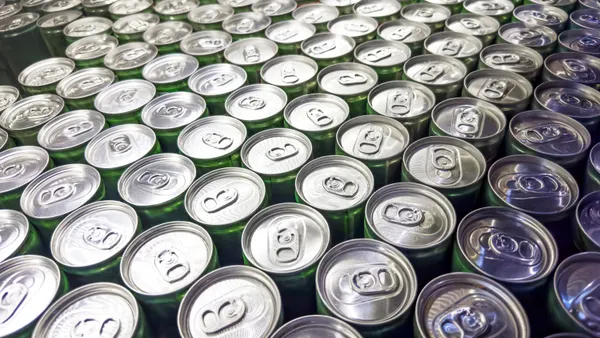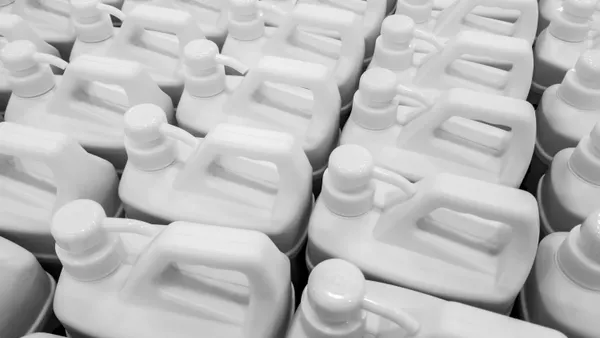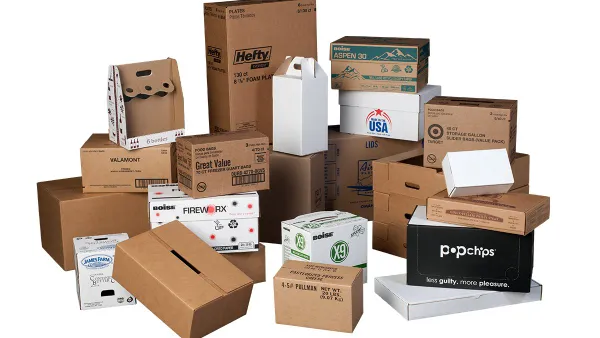Earnings season is officially underway and this week publicly held packaging companies will begin releasing their Q1 reports. Preliminary indications from industry analysts and companies themselves suggest it was a challenging quarter, prompting questions of whether this is a blip or if the lagging results are a harbinger of a looming widespread recession.
On Thursday, Finland-based Stora Enso revised its full-year guidance ahead of its Tuesday earnings release. It now expects earnings before interest and taxes to be “significantly lower” than last year (which it defines as down by at least 50%), a degradation of its earlier guidance of “lower” (suggesting a 15-49% loss).
“The whole packaging industry is currently weakening,” especially the containerboard sector, the company said. It cited greater cost pressures — especially costs for energy, wood and chemicals — and market uncertainties in 2023 compared with 2022. “This market situation will continue to weaken consumer confidence resulting in lower private consumption impacting all our divisions,” it said.
Analysts predict other packaging companies will report year-over-year declines as well. Zacks anticipates decreases at Packaging Corporation of America and Ardagh Metal Packaging. “Packaging Corp’s first-quarter results are expected to reflect the impacts of the weakness in packaging demand, as global and domestic economic conditions have been unfavorable,” the Zacks statement said. Meanwhile, Zacks said Ardagh “[d]oesn't appear a compelling earnings-beat candidate.”
Bank of America’s preview report on packaging and paper/forest products suggests challenges including inflation and lingering destocking issues are contributing to a 25% year-over-year decline for packaging. Headwinds are expected to continue into the second and third quarters. BofA anticipates continued weakness in paper demand but a better outlook for plastic.
Although the outlook is still soft in the immediate term, some analyses show glimmers of hope for improvement this year. BofA’s 46th edition of its Box Survey, released last week, shows that 16% of respondents expect demand to improve over the next six to 12 months, 40% expect it to remain the same and 36% expect it to be worse. That’s an improvement over January’s interim survey, in which 0% expected better demand, 25% expected it to be the same and 63% expected demand to worsen. In the new survey, 65% of respondents expressed concern about an industry slowdown compared with 86% in January.
More broadly, Comerica Bank released an analysis on Friday pointing to the Federal Reserve’s April Beige Book — which shows current economic conditions across the Fed’s 12 districts — indicating “the economy hit an air pocket after a solid start to the year.” Manufacturing and most areas of consumer spending are among the sectors that showed flat to lower activity.
Comerica said that financial markets will weigh two main questions this week: Is inflation slowing? And, is it possible to dodge a recession? The firm says economic data shows that inflation is slowing, but not fast enough. Therefore, another Fed rate hike is likely in May.















